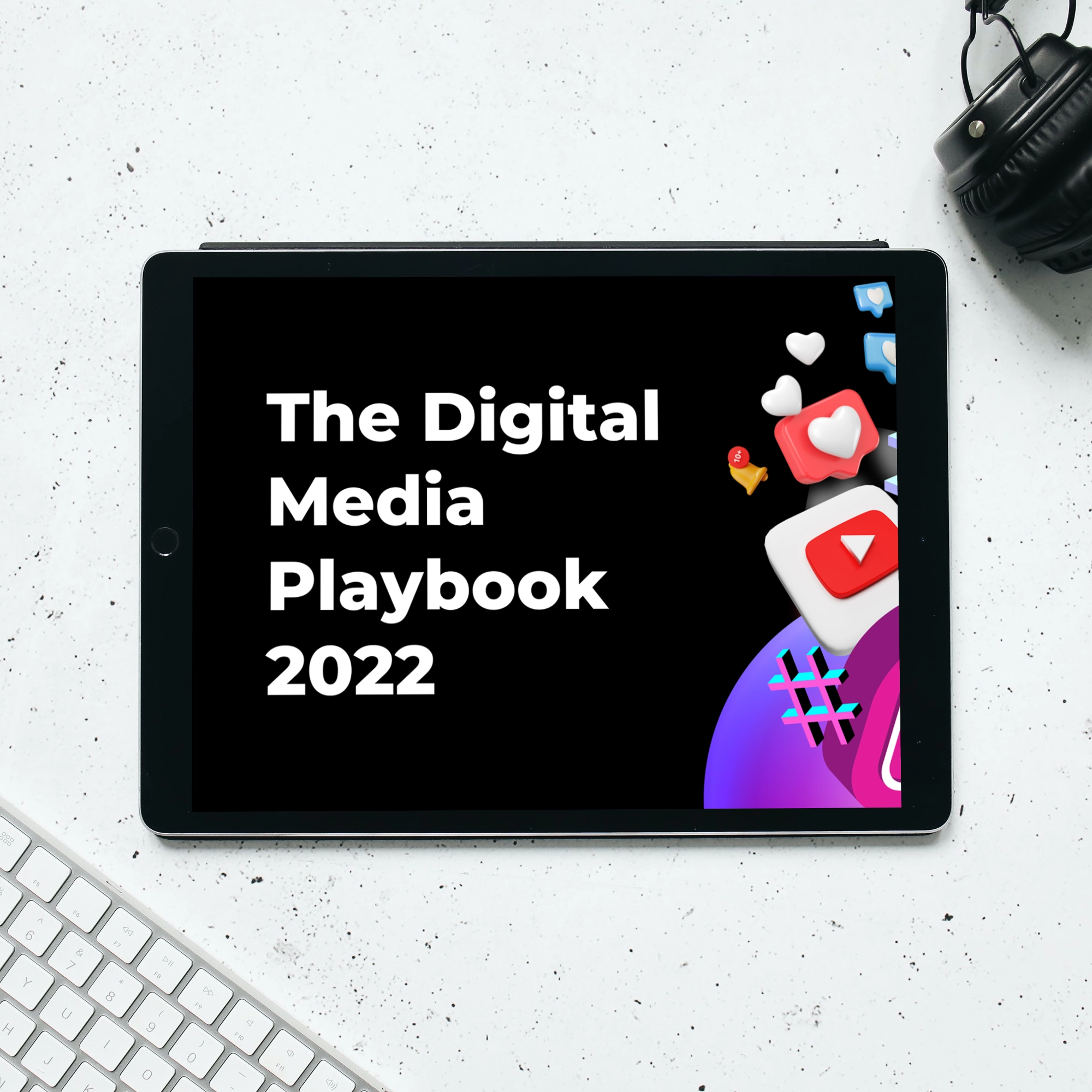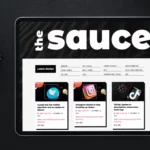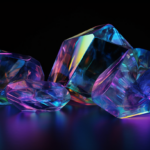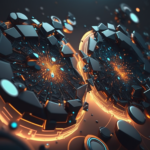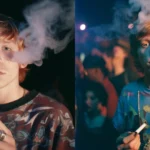Filed Under:
The Basics of Animation: From Animation Styles to Character Design
Share This:
When you hear the word “animation,” what comes to mind? Disney kids movies like Wreck-It Ralph or Wall-e? Maybe a smartphone app with whimsical characters or bright colors or an interactive web page. With so many different animation styles available to help tell a story, the format is one of the most popular, exciting, and fastest-growing industries today. And for good reason.
It’s an art form that’s been around for thousands of years. Ancient cave drawings are some of the earliest examples of animation. Today, animation has become a ubiquitous part of the entertainment industry, with numerous products ranging from feature-length animated films to commercials and television series that rely on animation techniques.
Understanding the basics of animation – and the various animation styles – will help you know what’s involved in making animation and define if animation is right for you and your goals.
Animation is the rapid display of a sequence of images or frames to create an illusion of motion. Today, most animation is made with computers, and computer technology is used to create and display images: generating the images, manipulating them, and adding effects.
Animation allows for endless possibilities. However, it can be easy to shy away from if you’re unsure of the challenges that come with it, so we’ve created this guide to help you understand what the possibilities are, which types of animation styles exist, and the end goal to your masterpiece.
1. Come up with an Idea or Concept
The concept and idea are the backbones of any video. The idea can be either conceptual, character-driven, emotionally evoking, or conversational.
Here are some tips for coming up with an award-winning concept or idea
- Come up with as many ideas as you can – The more ideas you come up with at this stage, the better your chances of creating something remarkable. We always recommend brainstorming as many ideas as possible before choosing one to develop further. Use those initial ideas as a springboard and let your imagination run riot – don’t be afraid to throw out any ideas that aren’t working, but don’t stop until you have enough material to choose from!
- Ask questions – If you’re having trouble coming up with ideas, try asking yourself some questions about your topic. What do you want people to learn from this video? Who is your target audience? Could they relate to anyone from popular culture? Do they demonstrate specific characteristics? Use these answers to help generate new thoughts and ideas.
Take inspiration from these animations we’ve created:
- YouTube username handles are rolling out
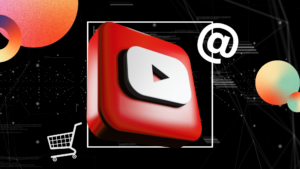 YouTube username handles will be available across the platform to identify creators and ICYMI, creators can link Shopify to their channel.
YouTube username handles will be available across the platform to identify creators and ICYMI, creators can link Shopify to their channel. - YouTube Updates, BeReal Copycats, and Original Audio
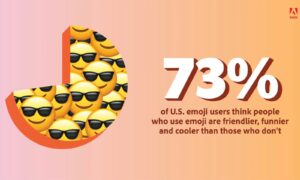 This week on The Sauce, we’ve got updates on YouTube, Discord, TikTok, and more.
This week on The Sauce, we’ve got updates on YouTube, Discord, TikTok, and more. - Your Game Plan To Building Mental Muscle With David GogginsDavid Goggins isn’t known for moderation. He’s known for big goals. Brutal truths. Intense physical and mental development. He wasn’t always this mentally tough. We’ve compiled three of the many rules he’s applied to turn his entire life around.
- You’ll Soon Be Able To Schedule Instagram Reels
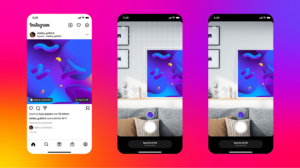 This week on The SAUCE: A weekly digest for digital entrepreneurs, creators, and social-first brands. New creator updates on Instagram nod to growth in web3 & NFT.NYC was a lackluster conference salvaged by underground meetups and hidden gems.
This week on The SAUCE: A weekly digest for digital entrepreneurs, creators, and social-first brands. New creator updates on Instagram nod to growth in web3 & NFT.NYC was a lackluster conference salvaged by underground meetups and hidden gems.
See more of our work here.
2. Animation Styles
The animation you choose should complement the content and feel of your site or brand. Once you’ve decided what kind of animation you want, you can choose from several different animation styles.
2D Animation
Two-dimensional or 2D animation is characterized by having its objects and characters created in a two-dimensional space. It means that they only have width and height. This is the most common kind of animation seen today on the web. It’s an animation style that usually employs more complex illustrations and characters to tell stories.
3d Animation
As one of the most engaging animation styles, 3D animation can help to create more immersive, realistic scenes. For example, when animating a character in a kitchen, an animator will need to consider how the character moves through the scene, what happens when they walk into a wall, and how they interact with their surroundings. Because 3D animation allows you to simulate realistic movements and interactions between objects, it makes it much easier to create believable and immersive scenes for viewers.
Additionally, 3D animation helps create “larger than life” scenes because it allows animators to craft photorealistic scenes. Even if you’re using simple props like paper cups or pens in your set, adding a layer of 3D animation can make these props look real enough that they blend seamlessly into your scene without being too distracting for viewers.
Stop motion animation
Stop-motion animation is a technique of making a physically manipulated object appear to move on its own. The “stop motion” part refers to the fact that the object is physically manipulated (or “animated”) and photographed (or “stopped”) in small increments of time, creating the illusion of movement when the series of still images are played as a continuous sequence.
Motion Graphic Animation
Motion graphics are a great way to show your audience how a new product or service will benefit them. They can take a complex idea and make it easy to understand for any audience. Motion graphics can also be an excellent alternative to expensive and time-consuming infographics, making it the perfect solution for any company that wants to make its message stand out.
3. Choose the number of characters and scenes
To make animation appealing and effective, you have to choose how many characters or scenes you need, what the characters’ personalities will be like, and how they will interact with each other. The more characters you add, the more complex your animation will be. However, having too few characters may not give your story enough depth — an essential factor for documentaries and educational videos.
If you’re working on a film with a large cast of characters, like a musical or an animated movie, you’ll usually want to include numerous secondary and background characters. These extras won’t be as crucial to the plot as the primary characters are, but their presence helps give the audience a sense of place. You might even use them to set up or highlight your main characters’ actions without being too obvious about it. When deciding how many shots you’ll need, think about your storyboard (more on this later) and what each scene needs to show the story clearly.
4. Character & scene design
Character design is about creating characters that will be used in your animation. This can include walk cycles, facial expressions, hand gestures, and anything else you might need for your film. To begin, you should look at references from other animations or live-action movies. Look at how humans move and try to emulate what you see there in your animation. When designing the character, you should think about their personality and any props or clothing they might have. Think about how this will affect their movements and how it will affect the way they hold themselves in an animated environment.
5. Story & storyboard
The storyboard is the blueprint of your animation; it is the script, an extension of the dialogue, and a representation of how the camera will move. In the world of animation, a storyboard is a series of illustrations that depict the major scenes of a film, television program, comic book, or video game and serves as a guide for the animation process and definitive reference to follow when creating the final animated piece.
A storyboard helps visualize, in one place and at one time, all the elements needed to convey an entire movie or video: locations, characters, camera angles, and lines of dialogue. It’s essential to present these clearly and concisely.
The power of animation is its ability to communicate a message in a more engaging and memorable way. It’s important to understand the project as a whole. What do you want the audience to feel? What do you want them to remember? How can you use animation to help achieve those goals?
6. Character rigging & prepping for animation
An animator uses a digital puppet (called a character rig) to position the character and then uses a system of motion paths (or splines) to define the character’s movement between those poses. The computer proceeds to interpolate the frames of the animation in between the keyframes. The animator then refines these frames until they are satisfied with the animation.
7. Voiceover & Sound Design
If you want your animated video to be successful, you need quality sound design. The sound effects and voice-over can make or break the video. After all, our brain associates 85% of emotions with audio. Good sound effects for your animation can enhance the experience. For example, the noise of the hard drive, doors opening, and closing can all sound exactly like you’re watching an actual video. Sound effects are also significant to help tell the story. Adding voice-over is another plus to an animation video. If you have a character who talks throughout the video, it adds something extra to what you’re doing. It gives them life and makes them more engaging with your viewer.
Here at Food Fight Studios, many of our animation ideas already have audio related to them that we take and create an animation masterpiece to go along with the audio.
8. The animation process
The process of actually animating is similar to storyboarding. First, you’ll create a mock-up of your entire video using rough drawings or storyboards of your scenes. This helps get the timing down for every scene in your video to more accurately determine how long everything will take. At this stage, it’s okay if some scenes are longer or shorter than others since the animation process itself will help fix that.
9. Post Production
Post-production is the final editing process of animation. During this phase, the animation is enhanced with additional sound effects, coloring, and any final edits that are needed, increasing the animation’s emotional impact. Once the final version is ready, it’s rendered and exported to different formats.
Understanding the animation process and trying to accomplish how the animation can help you reach your goal is your best path towards a successful project.

